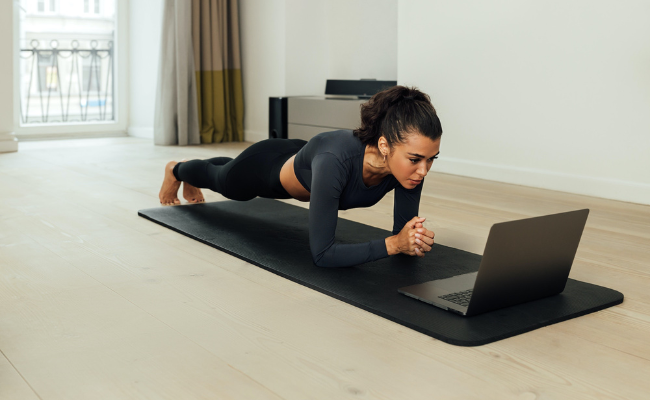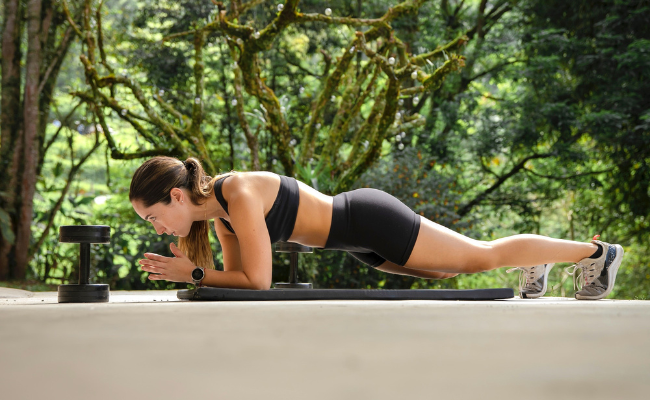Looks like ‘staying still’ exercises are better than cardio in lowering blood pressure

Photo by Getty Images on Unsplash+
Listen up: Planks and wall sits are the finest moves you could ever do to lower your blood pressure. At least according to a recent study published in the British Journal of Sports Medicine.
Researchers from the Canterbury Christ Church University in the United Kingdom sought to review and analyze the effects of exercise on improving blood pressure.
From the 270 randomized controlled trials that comprise nearly 16,000 participants, the team found that pretty much all types of exercise—from cardio and resistance training to high-intensity interval training—contribute to “significant reductions in resting systolic blood pressure and diastolic blood pressure.”
But in particular, isometric exercises—or those that require engaging muscle groups without any movement like planks and wall sits—were the most effective at lowering blood pressure. Running was also found to be effective.
“[Isometric exercises] increase the tension in the muscles when held for two minutes, then cause a sudden rush of blood when you relax,” said study author Dr. Jamie O’Driscoll
“[Isometric exercises] increase the tension in the muscles when held for two minutes, then cause a sudden rush of blood when you relax,” study author Dr. Jamie O’Driscoll said to BBC, pointing out that this difference might be the reason for the improved outcomes.
Positive outcomes from planks
The results offer welcome recommendations for enhanced treatment and prevention of hypertension as well as the opportunity to tweak current exercise guidelines at a time when people with high blood pressure have more than doubled since 1990.

For beginners, doing planks for 10 to 30 seconds is a good start | Photo by Pablo Merchán Montes on Unsplash+
A 30-year analysis in 2019 reported that there were 626 million women and 652 million men living with high blood pressure. The disease is estimated to cause 7.5 million deaths every year worldwide, according to the World Health Organization.
You may also like: 7 Effective Back Exercises You Can Do Without Equipment
Your chances of having hypertension increases as you age, and if left untreated or unchecked could lead to higher risks of heart attack, stroke, and kidney damage. While there are medications available to treat it, practicing a healthy lifestyle, such as eating well and maintaining a healthy weight, is good for heart health.
And besides, planks and wall sits don’t require equipment and large spaces, making these a viable routine to add—holding the position from 10 to 30 seconds to start and then gradually increasing as you get better.
“Focus on doing multiple sets of smaller amounts of time,” says Eric L’Italien, a physical therapist from Spaulding Rehabilitation Center.

